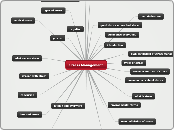av Aryaduta Atjo för 1 år sedan
114
Information Technology Governance(ITG)
Effective IT governance is supported by various frameworks and standards designed to manage and improve IT services, resources, and processes. ITIL offers comprehensive best practices for IT service management, covering aspects like service strategy, design, delivery, and support.









